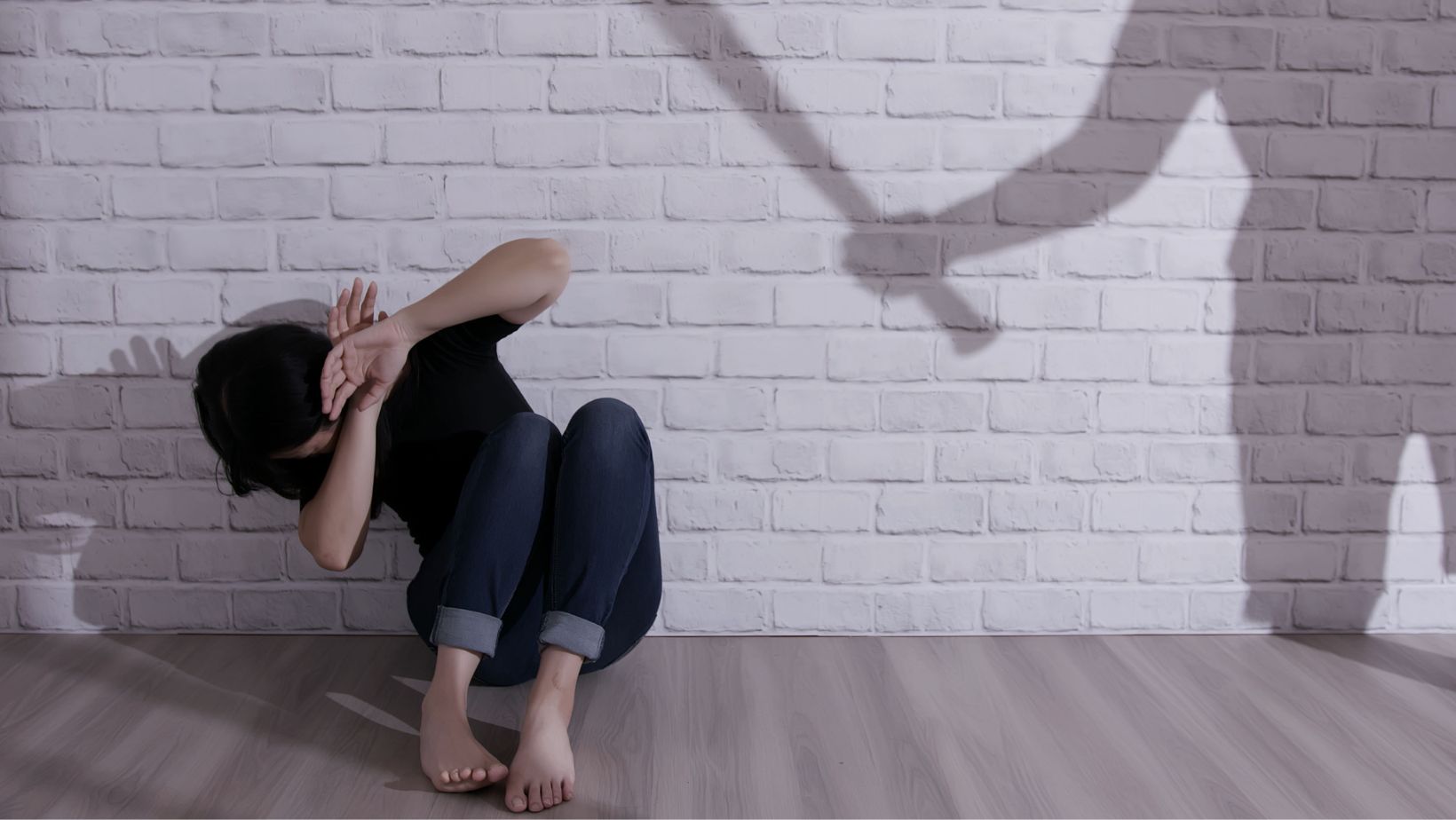
Hazing remains a concern on college campuses today. Calls for cultural changes are being made, and universities are taking notice. What must every student and parent know about hazing today?
Defining Hazing
Hazing is any activity designed to humiliate, degrade, abuse, or endanger someone who wants to join or participate in a group. It may occur whether or not the person is willing to participate. However, each college or university may alter this definition. Older students usually haze younger students. Hazing is not a new practice, and it is seen in other countries. It creates an environment without dignity or respect, and holding schools responsible will help change this.
How Common is Hazing?
Hazing is more common than many people realize. Roughly 43 percent of student-athletes surveyed at seven American universities were victims of hazing. Thirty-eight percent of fraternity and sorority members say they were hazed, while this figure drops to 26 percent for students in clubs and organizations.
Students know this is happening. Almost 70 percent stated they knew of hazing on campus. High-risk drinking, personal servitude, and social isolation were three common forms of hazing, according to those surveyed, and males were more likely to participate in hazing activities.
When Did This Start?
Hazing has existed since before Christ walked the earth. After seeing his students participate, Plato reported on this practice in the fourth century B.C. Pennalism was practiced throughout the Middle Ages and has been commonplace since the mid-19th century. The first hazing death was recorded in 1838.
Why is Hazing So Common?
Social cohesion is the driving force behind hazing. People want to make friends in new environments so that they will participate in questionable behavior. Former victims become perpetrators as they wish to carry on the tradition. They like having power over others just as someone once had power over them.
Some students see hazing as a team-building or group development activity. Other students engage in hazing activities without realizing they are doing so. However, hazing can have serious consequences regardless of why it is done, so schools penalize students who take part.
Hazing Penalties
States realize the dangers of hazing. Forty-four states currently have anti-hazing laws. These laws often make hazing a misdemeanor. Students may be fined $500, but they don’t serve jail time.
Nevertheless, 12 states have taken this further and have passed stricter laws to deal with students who haze. If a victim is seriously injured or dies as a result of the hazing, the perpetrators may be charged with a felony. However, some states have yet to pass anti-hazing laws, which needs to change.
What Victims Can Do?
Victims of hazing need to share their stories. Doing so may encourage others to speak out and end this practice. Often, children go to their parents rather than turning to someone at the school. They should talk with another trusted adult if they don’t feel comfortable sharing their experience with their parents. A problem cannot be fixed until it is identified.
Victims who have been harmed by hazing may have other steps they can take to get justice. They should talk with an attorney to learn more about whether legal action may be taken against the perpetrators and those in positions of authority at this school. When people unite to hold those responsible accountable, hazing incidents will decrease. This problem may never go away completely, but progress is wonderful.















